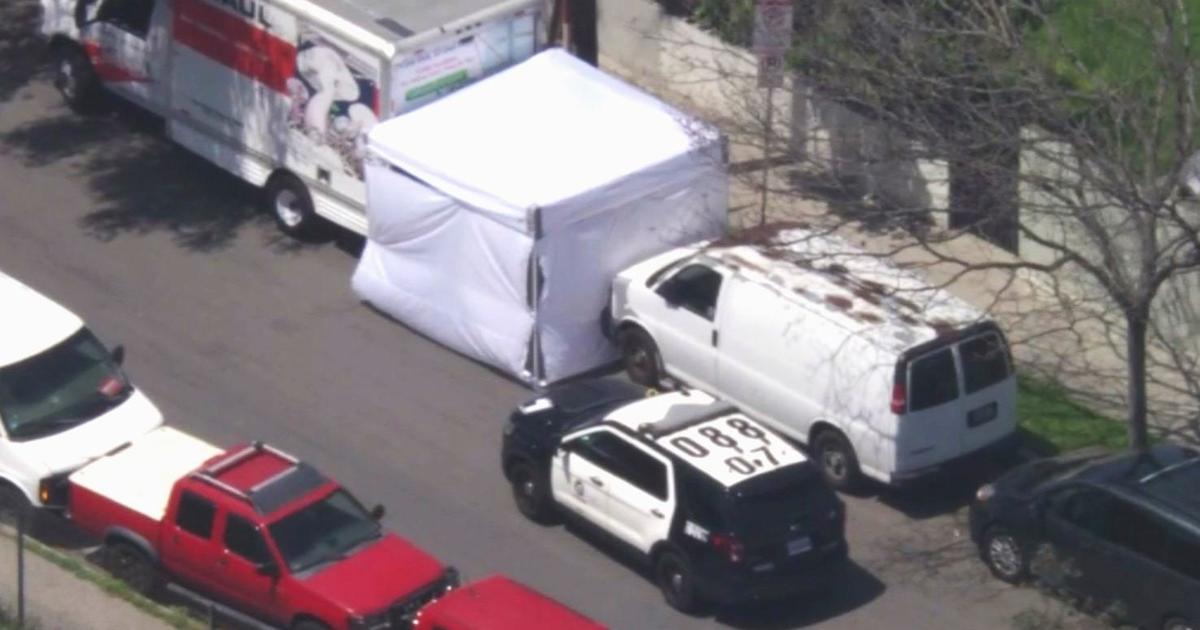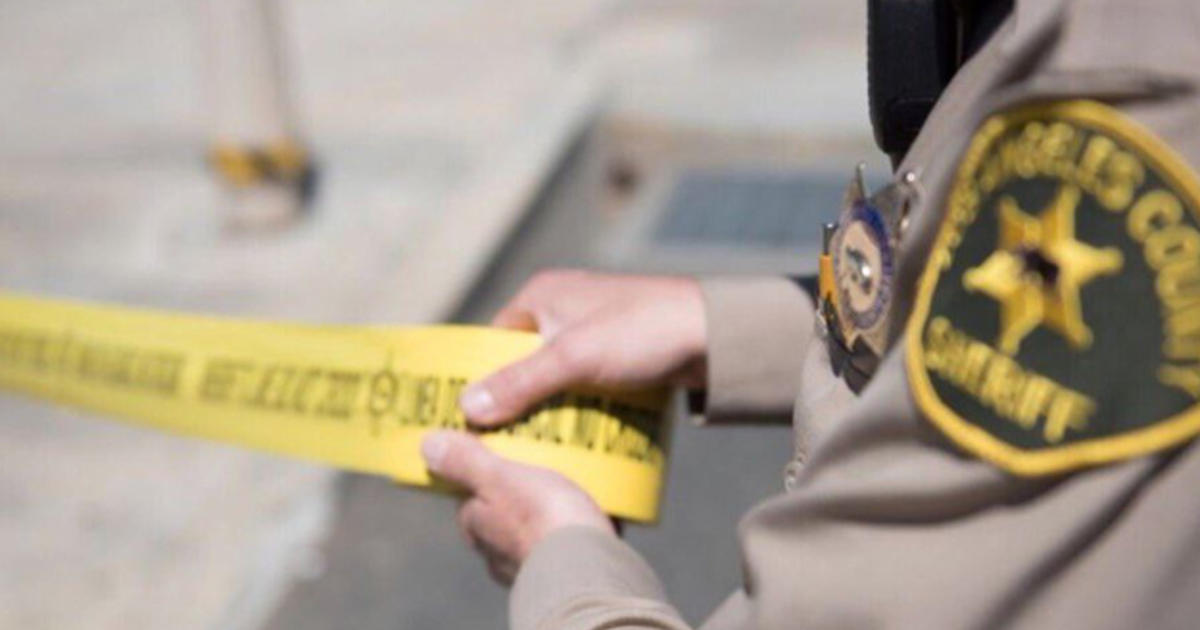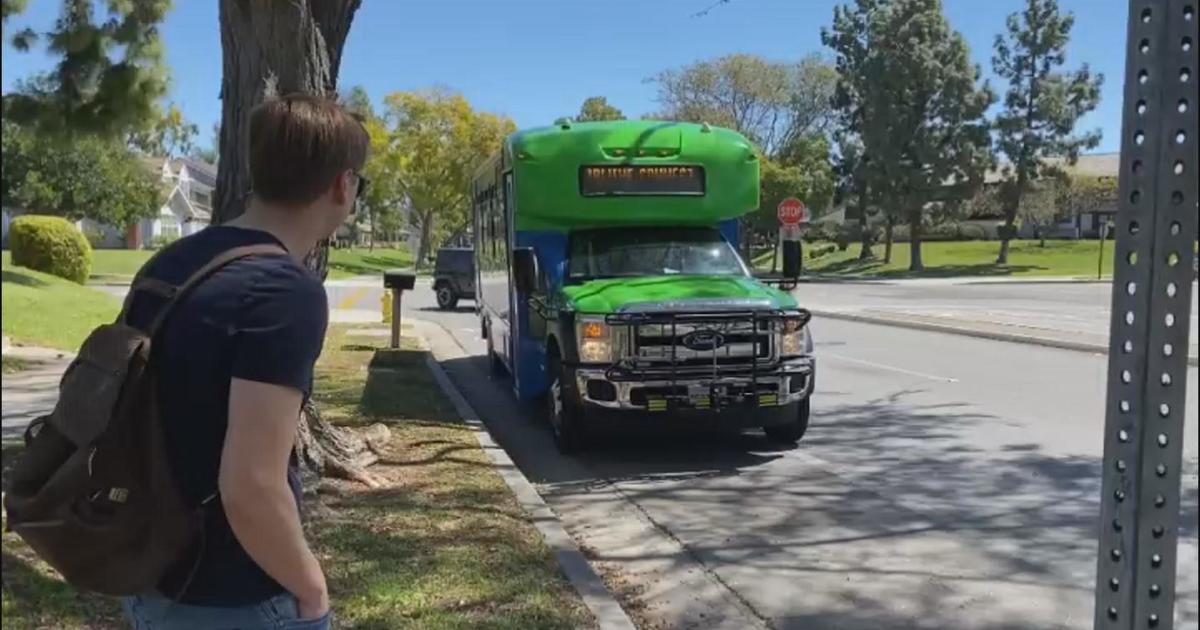Interstate 5 Named Worst Calif. Freeway For Traffic
LOS ANGELES (AP) — Those who like to argue — or brag — about the worst commute in this traffic-tangled state have a new measure of their misery.
What is the most congested stretch of California freeway? It has more reconstructive surgery than a Hollywood has-been and, if you make it through the madness, you can head to the border (Mexico or Canada).
The dubious honor goes to ... Interstate 5 in Los Angeles County.
In 2012 alone, vehicles spent a cumulative 6.6 million extra hours on that road due to heavy traffic. And those 753 years only count the hours when the traffic was going less than 35 mph.
Interstate 5 Named Worst Calif. Freeway For Traffic
The numbers come from data analyzed by the California Department of Transportation, which calculates time wasted in "heavy congestion" using sensors under the pavement that track vehicle speed. Caltrans did the math and then ranked freeways on a county level. The agency collects the data to identify which freeways most need traffic relief.
It was the second year in a row that "the 5," as locals call it, topped Caltrans' most-congested-freeways list. The reigning champion had been the stretch of Interstate 405 that cuts across the western part of Los Angeles County.
Indeed, Los Angeles County owned six of the Top 10 slots. The first outside LA County, coming in fifth, was Interstate 5 — in Orange County, just to the south. Rounding out the list were another freeway in Orange and two in Alameda counties.
Several stretches of the 5 in Los Angeles County are being widened to create carpool lanes. It's no secret why. Since the 5 opened more than 50 years ago, the county has added about four million people. There are simply too many cars for the capacity.
There are many ways to measure traffic, and while this one ranking is unlikely to settle the worst-commute-ever argument, it does present a stunning perspective.
The 6.6 million "vehicle hours of delay" on I-5 is a measure of how much more time cars, trucks and buses spent on that road when they were going less than 35 mph ("heavy congestion" in the parlance of traffic planners). A car traveling any faster does not count toward those 6.6 million hours — though a driver going 36 mph may not be bragging.
The statistics were released this month as part of the agency's first "Mile Marker" performance report (http://bit.ly/LVaoq0 ). The Department of Transportation has been criticized as not being transparent about its operations, and the report was an effort to present useful information in a concise, accessible way, Caltrans spokesman Matt Rocco said.
(© Copyright 2014 The Associated Press. All Rights Reserved. This material may not be published, broadcast, rewritten or redistributed.)



